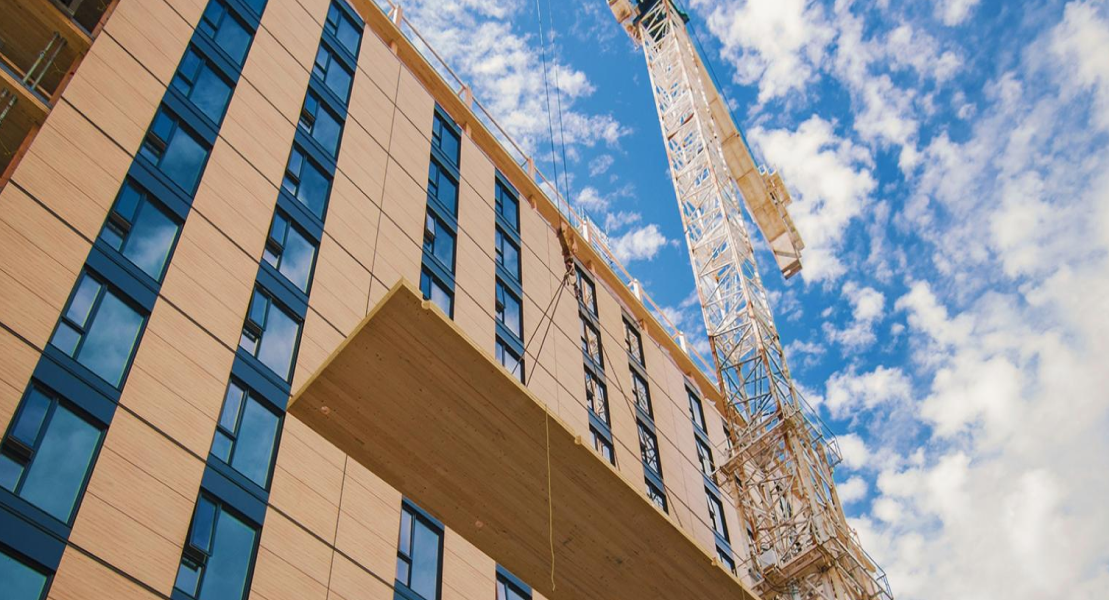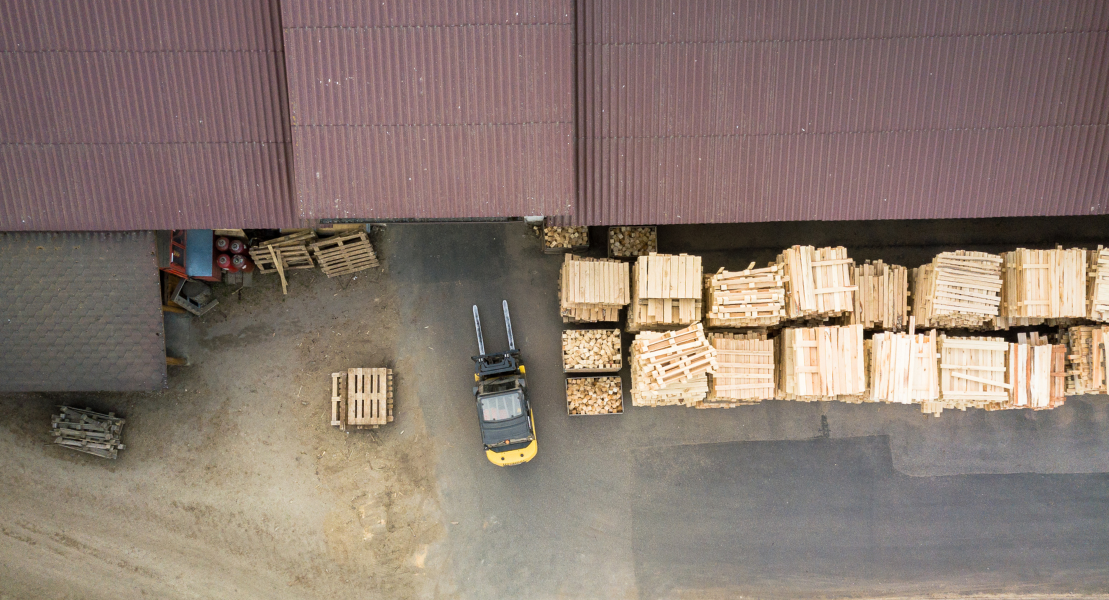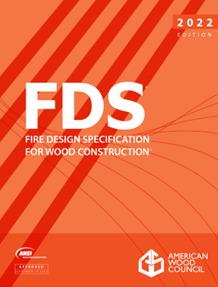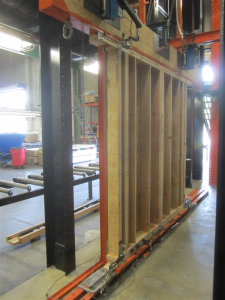As we turn to 2023 and the implementation of our new Strategic Plan, we take a moment to look back at 2022 and the notable accomplishments achieved by AWC’s remarkable staff across a wide range of areas foundational to the success of this industry.
Click each issue below to get a short preview of AWC’s accomplishments in 2022.
ISSUE 01
Code Development Work Saves Millions
In the 2024 code cycle, AWC was successful in a code change resulting in nearly $3 million in savings for developers while also lowering the building’s carbon footprint by 20%. Other expected results include defeating proposals that would have led to increased costs and inconsistent enforcement.

ISSUE 02
Expanding Wood Use through Standards & Education
AWC expanded its library of ANSI-approved standards with the adoption of the Fire Design Specification, continuing to make it easier for designers and code officials and fire officials to find what they need in one place to ensure wood buildings meet the highest safety standards.

ISSUE 03
Established Credible Resource for Fire Service
Outreach efforts to the fire service and fire code officials culminated in 2022 in the reversal of a major group’s opposition to tall mass timber construction, as well as several collaboration opportunities that are indicators of AWC’s role as a trusted resource.

ISSUE 04
Carving Out a Reputation as a Thought Leader
From launching a lifecycle inventory database, outperforming initial collection goals, marking legislative wins, getting key carbon leaders into the field, and spreading the word on wood’s sustainability story, AWC made strides toward ensuring wood’s many benefits are recognized.

ISSUE 05
Positioning Wood as a Solution; Defending Against Unfounded Bills
The omnibus funding package contained significant wins toward our lifecycle assessment work, and we made moves to position mass timber as an affordable housing option. Meanwhile, we continued to be successful in preventing unwarranted limitations on wood construction.

ISSUE 06
Advocating for Science-Based, Reasonably Tailored Rules
AWC worked successfully with EPA on a testing plan and a significant rule affecting the wood products industry. Work on the final rule has been a 20-year effort and highlights AWC’s endeavor to engage partners to work toward reasonable outcomes based in science.

AWC was successful in getting a code change into the final amendments for the Group A 2024 International Code Council (ICC) code cycle that allowed for nearly 100% exposed mass timber ceilings, rather than 20% exposed, in Type IV-B construction. This code change has the potential to help drive architects, designers and builders to move toward tall mass timber construction due to significant cost savings, carbon reductions and aesthetic benefits.
The preliminary results of the International Code Council’s (ICC) Group B Code Development process bode well for favorable final action on proposals affecting the use of wood products.
AWC made key hires to meet goals for building out our field staff as part of the Board-approved staffing plan. Field staff plays a critical role in representing the industry among building code officials and in the code development process. These positions are also essential to maintaining AWC’s strong, trusted reputation.
After nearly seven years of AWC convening meetings, collaboration and consensus building, the American National Standards Institute (ANSI) approved the Fire Design Specification for Wood Construction (FDS) as an American National Standard. Officially designated as ANSI/AWC FDS-2022, it is the authoritative, one-stop shop resource for all the provisions for the fire design of wood members, assemblies and connections needed to meet the current code requirements.
AWC designed and completed two testing series to address increased engineering demands on wood construction due to increased loads and engineering design requirements.
Recognizing that AWC’s standards form the basis of how to build with wood in this country, it’s a challenge to quantify their value and import in maintaining and elevating AWC’s relationships with code officials and model code organizations.
AWC added two engineers to our staff as part of the Board-approved staffing plan. The engineering staff is critical to keeping our five ANSI-approved standards up-to-date to maintain their reference in the building codes, and thus presenting the best methods to build with wood.
Impressively, 100 percent of respondents said AWC webinars increased their knowledge of the respective topics.—According to an AWC survey
The AWC’s fire service engagement initiative made critical inroads with fire service leadership in 2022. One of the most notable achievements and displays of the strength of these relationships from extensive outreach efforts was the National Association of State Fire Marshals’ (NAFSM) decision to change its position on tall mass timber buildings.
As AWC has worked to strengthen existing and foster new relationships with fire service leaders and departments, we’ve been presented with opportunities that were not directly related to AWC’s fire safety education efforts.
In an effort to engage relevant third parties and expand our education offerings, O’Brocki hosted a construction fire safety presentation to 70 members of the Inland Marine Underwriters Association (IMUA) insurance industry.
AWC developed and launched a lifecycle inventory database to collect industry data, which will be used to support generation of industry environmental product declarations and provide critical carbon-related data to support AWC advocacy efforts. This database is a core element of AWC’s five-year strategic plan for the sustainability program.
with 87 percent member participation.
The AWC-led coalition convened to address the two proposed Buy Clean initiatives in Washington state and ultimately prevented both bills from advancing.
AWC hosted representatives from Building Transparency (the parent organization to the EC3 software tool), Perkins & Will, and the Carbon Leadership Forum for a two-day tour of managed forests and mills.
In just one year at AWC, Rachael Jamison, Vice President of Markets & Sustainability, has made a significant impact in telling target audiences about the sustainability of wood products and the industry’s data collection efforts.

AWC focused efforts on positioning mass timber as an affordable housing option in preparation for the inclusion of grant funding for such projects in the 2023 Farm Bill. A key piece of this initiative was a video showcasing a representative from Community Roots Housing, the developer of the Heartwood workforce housing project in Seattle, discussing the positive benefits of incorporating mass timber in this project.
The omnibus appropriations package to fund the federal government for another year included significant wins for our work in lifecycle analysis (LCA) and defense/military construction provisions.
The Los Angeles City Council motion to extend the Fire District One ban on Type IV and V construction continues to be held up in the Committee process.
AWC’s President & CEO Jackson Morrill was interviewed on the National Association of Home Builders’ (NAHB) podcast Housing Developments on how building material choices can impact the environment and making the case that wood is part of the solution.
AWC defeated local lumber grading legislation in the North Carolina Legislature that would have directed the Building Code Council to amend the state code for one- and two-family dwellings to allow dimension lumber that had not been grade-stamped in certain circumstances.
In Michigan, AWC participated in and provided verbal comments in support of a successful appeal to allow a heavy timber roof for a new educational facility.
Adoption of the 2021 International Building Code (IBC) is accelerating, and AWC continues to provide technical assistance to aid in the process and remove unfounded prohibitions to wood design and construction.
AWC successfully worked with EPA staff to narrow the scope of its hazardous air pollutant (HAP) testing plan that will support the PCWP rulemaking to exclude kilns, gas and indirect fired dryers, and most equipment before and after presses.
EPA signed the final Boiler MACT remand rule, which ends a long regulatory saga for wood product boilers over the last two decades.










